kamon
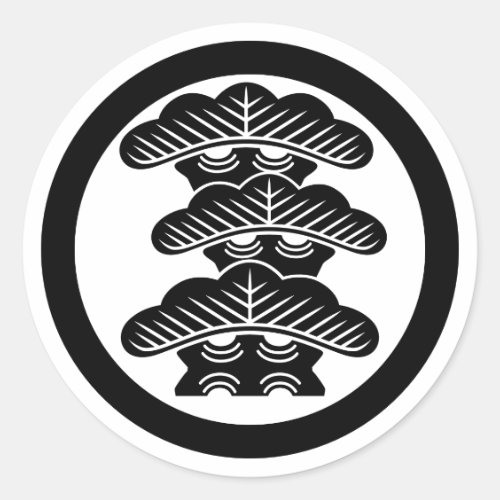
[Family Crest] Right-align 3tier pine tree w/round Classic Round Sticker
This family crest depicts three tiers of pine branches stacked vertically within a circle, with the center tier shifted to the right.

[Family Crest] Right-align 3tier pine tree w/round Button
This family crest depicts three tiers of pine branches stacked vertically within a circle, with the center tier shifted to the right.
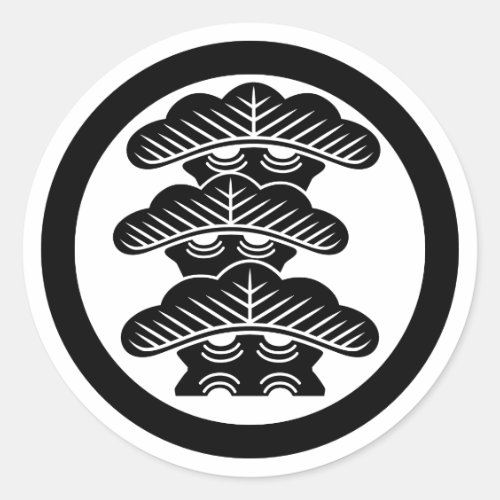
[Family Crests] Left-align 3tier pine tree w/round Classic Round Sticker
This family crest depicts three tiers of pine branches stacked vertically within a circle, with the center tier shifted to the left.

[Family Crests] Left-align 3tier pine tree w/round Button
This family crest depicts three tiers of pine branches stacked vertically within a circle, with the center tier shifted to the left.
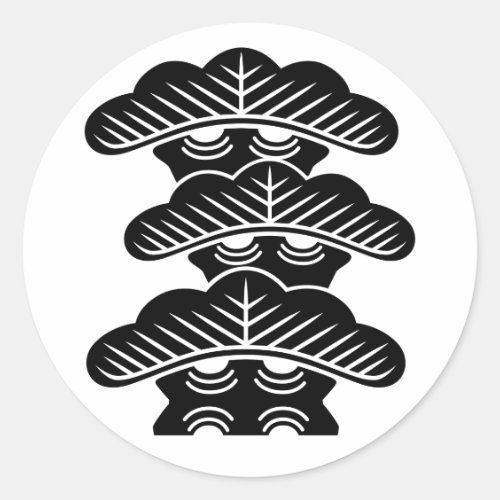
[Family Crests] Right-aligned 3tiered pine trees Classic Round Sticker
This family crest depicts three tiers of pine treetops, with the middle tier shifted to the right.

[Family Crests] Right-aligned 3tiered pine trees Button
This family crest depicts three tiers of pine treetops, with the middle tier shifted to the right.

[Family Crests] Left-aligned 3tiered pine trees Classic Round Sticker
This family crest depicts three tiers of pine treetops, with the middle tier shifted to the left.

[Family Crests] Left-aligned 3tiered pine trees Button
This family crest depicts three tiers of pine treetops, with the middle tier shifted to the left.
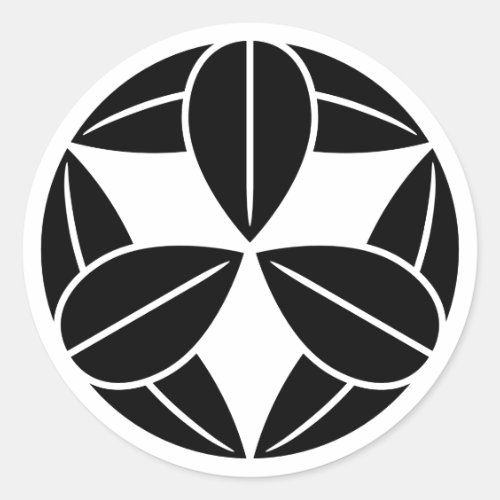
[Family Crests] Nine bamboo leaves Classic Round Sticker
This family crest depicts three bamboo leaves arranged in a set, with three such sets gathered and drawn in a circular pattern with their bases joined.

[Family Crests] Nine bamboo leaves Button
This family crest depicts three bamboo leaves arranged in a set, with three such sets gathered and drawn in a circular pattern with their bases joined.

[Family Crests] three ork leaves Classic Round Sticker
This family crest depicts three broad oak leaves spread out in three directions. Oak leaves were revered as sacred since ancient times, having been used as vess
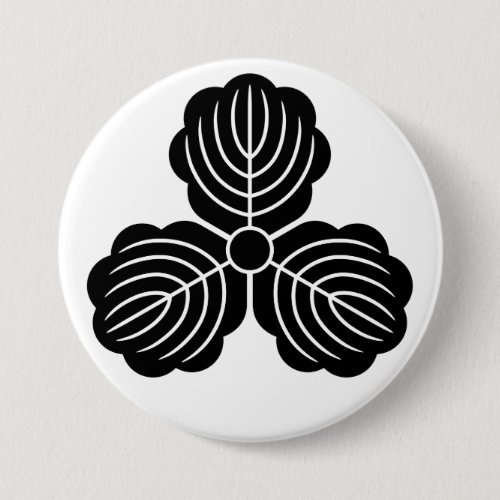
[Family Crests] three ork leaves Button
This family crest depicts three broad oak leaves spread out in three directions. Oak leaves were revered as sacred since ancient times, having been used as vess
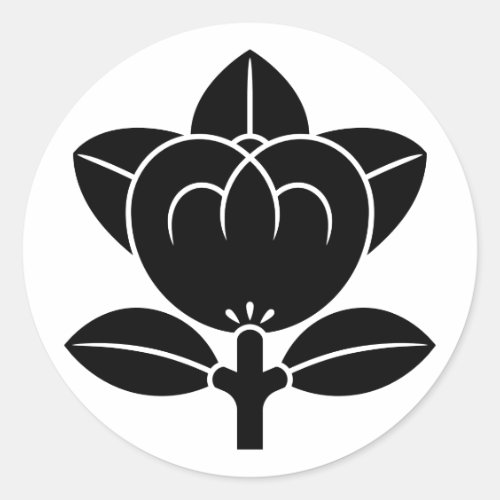
[Family Crests] Tachibana flower Classic Round Sticker
This family crest depicts the fruit, leaves, and flowers of the tachibana, an evergreen shrub of the citrus family, rendered as an emblem.

[Family Crests] Tachibana flower Button
This family crest depicts the fruit, leaves, and flowers of the tachibana, an evergreen shrub of the citrus family, rendered as an emblem.

[Family Crests] Crossed hawk feathers with circle Classic Round Sticker
A family crest depicting hawk feathers overlapping diagonally within a circle, with the left side facing upward.

[Family Crests] Crossed hawk feathers with circle Button
A family crest depicting hawk feathers overlapping diagonally within a circle, with the left side facing upward.

[Family Crests] Crossed hawk feathers Classic Round Sticker
This family crest depicts hawk feathers overlapping diagonally, with the left side positioned upward.

[Family Crests] Crossed hawk feathers Button
This family crest depicts hawk feathers overlapping diagonally, with the left side positioned upward.

[Family Crests] Right-rotating Mitsu-domoe Classic Round Sticker
This ancient pattern, also found in Jōmon period sites, is generally believed to represent thunder. This is a clockwise “Mitsudomoe.” Clockwise flow is traditio

[Family Crests] Right-rotating Mitsu-domoe Button
This ancient pattern, also found in Jōmon period sites, is generally believed to represent thunder. This is a clockwise “Mitsudomoe.” Clockwise flow is traditio

[Family Crests] Left-rotating Mitsu-domoe Classic Round Sticker
This ancient pattern, also found in Jōmon period sites, is generally believed to represent thunder. The term “mitsudomoe” specifically refers to this left-rotat

[Family Crests] Left-rotating Mitsu-domoe Button
This ancient pattern, also found in Jōmon period sites, is generally believed to represent thunder. The term “mitsudomoe” specifically refers to this left-rotat

[Family Crests] 16 petals chrysanthemum with round Classic Round Sticker
This family crest features a chrysanthemum with sixteen petals surrounded by lines of standard thickness. Flowers symbol and graphics at old age.

[Family Crests] 16 petals chrysanthemum with round Button
This family crest features a chrysanthemum with sixteen petals surrounded by lines of standard thickness. Flowers symbol and graphics at old age.

[Family Crests] back-side 16 petals chrysanthemum Classic Round Sticker
This family crest depicts a chrysanthemum with sixteen petals drawn from the reverse side. Flowers symbol and graphics at old age.
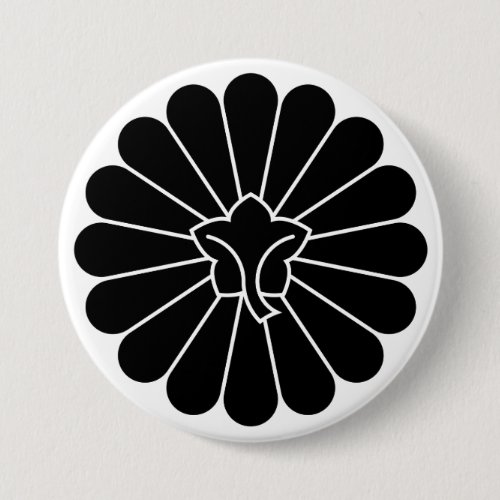
[Family Crests] back-side 16 petals chrysanthemum Button
This family crest depicts a chrysanthemum with sixteen petals drawn from the reverse side. Flowers symbol and graphics at old age.

[Family Crests] Genji clan wheel Classic Round Sticker
Flowers symbol and graphics at old age. A family crest inspired by the imperial palanquin of old.

[Family Crests] Genji clan wheel Button
Flowers symbol and graphics at old age. A family crest inspired by the imperial palanquin of old.
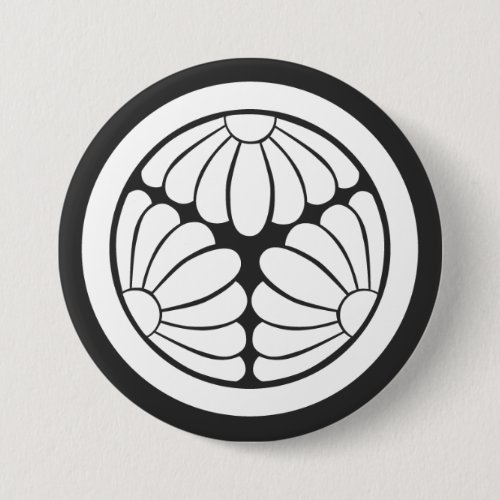
[Family Crests] A circle in 3 chrysanthemum flower Button
Flowers symbol and graphics at old age. the inverted black-and-white version

[Family Crests] Deformed Kaji leaf Classic Round Sticker
This family crest depicts a kaji leaf with a deformed petiole. Such logo-like designs are called “Kamon” in Japan.

[Family Crests] Deformed Kaji leaf Button
This family crest depicts a kaji leaf with a deformed petiole. Such logo-like designs are called “Kamon” in Japan.

[Family Crests] Gentian Flowers and Bamboo Classic Round Sticker
Flowers symbol and graphics at old age. This family crest depicts five bamboo-like leaves spread downward, with three gentian flowers drawn above them.

[Family Crests] Gentian Flowers and Bamboo Button
Flowers symbol and graphics at old age. This family crest depicts five bamboo-like leaves spread downward, with three gentian flowers drawn above them.

[Family Crests] Kikyo flower inside a circle Classic Round Sticker
Japanese says "Kamon". Kikyo(bellflower) was used as a "flower fortune-telling the good and bad". It is also considered to be one of the rep

[Family Crests] Kikyo flower inside a circle Button
Japanese says "Kamon". Kikyo(bellflower) was used as a "flower fortune-telling the good and bad". It is also considered to be one of the rep
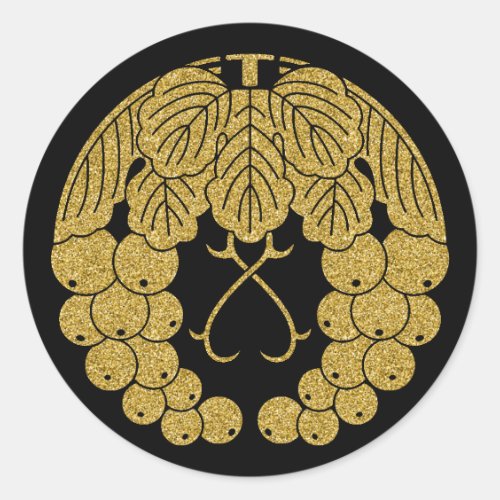
[Family Crests] Two grapes Classic Round Sticker
Family crests is "Kamon" in Japanese said. The grape crest is a very rare pattern that came from the continent.
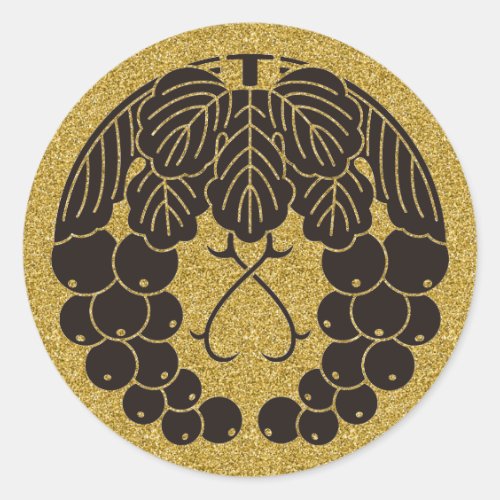
[Family Crests] Two grapes Classic Round Sticker
Family crests is "Kamon" in Japanese said. The grape crest is a very rare pattern that came from the continent.
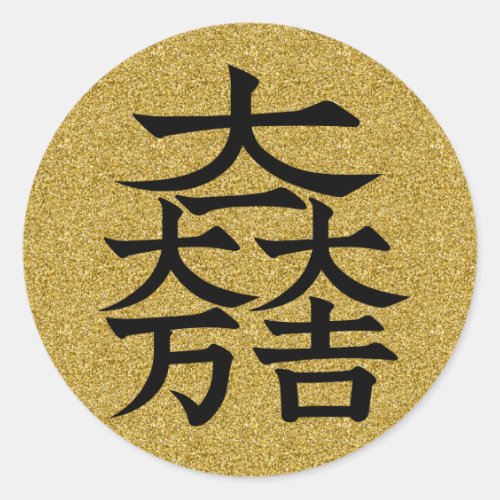
[Family Crests] Ishida Mitsunari flag symbol Classic Round Sticker
Japanese says "Kamon". It is a Kanji characters symbol that was raised as a war flag by a military commander named Mitsunari Ishida during the Warring

[Family Crests] Ishida Mitsunari flag symbol Round Classic Round Sticker
Japanese says "Kamon". It is a Kanji characters symbol that was raised as a war flag by a military commander named Mitsunari Ishida during the Warring
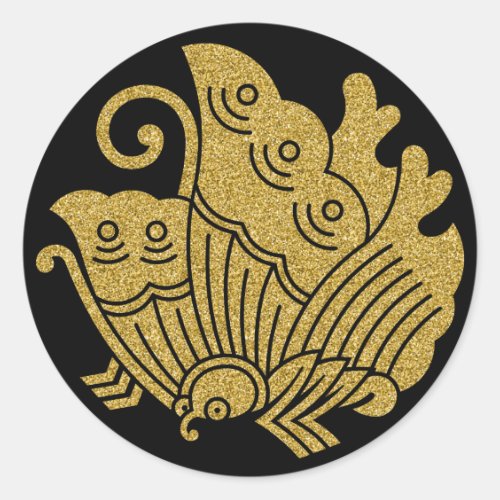
[Family Crests] Swallowtail butterfly Sticker
Japanese says "Kamon". It is a crest used by "Tairano Kiyomori", the lord of the Heike clan.

[Family Crests] Swallowtail butterfly Classic Round Sticker
Japanese says "Kamon". It is a crest used by "Tairano Kiyomori", the lord of the Heike clan.

[Family Crests] Paulownia 5-7kiri Sticker
Japanese says "Kamon". This is the famous family crest of Japan.

[Family Crests] Paulownia 5-7kiri Classic Round Sticker
Japanese says "Kamon". This is the famous family crest of Japan.
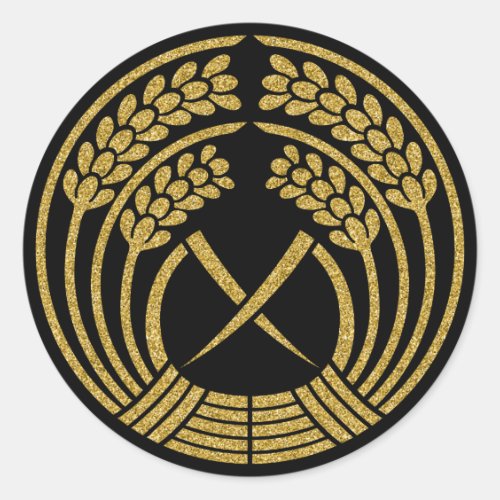
[Family Crests] Hugging rice ear Classic Round Sticker
Japanese says "Kamon". Hugging rice ear for Kamon. Nature plants symbol and graphics at old age for Japanese family.
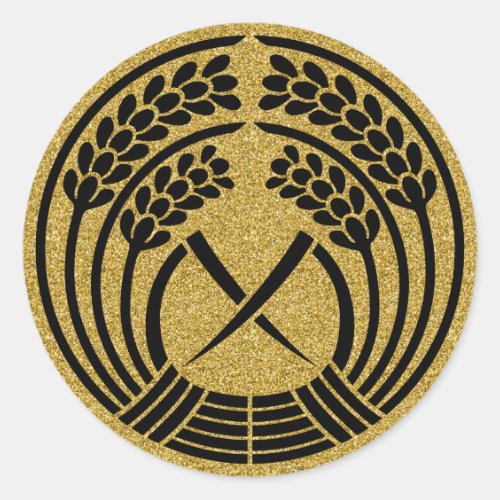
[Family Crests] Hugging rice ear Classic Round Sticker
Japanese says "Kamon". Hugging rice ear for Kamon. Nature plants symbol and graphics at old age for Japanese family.
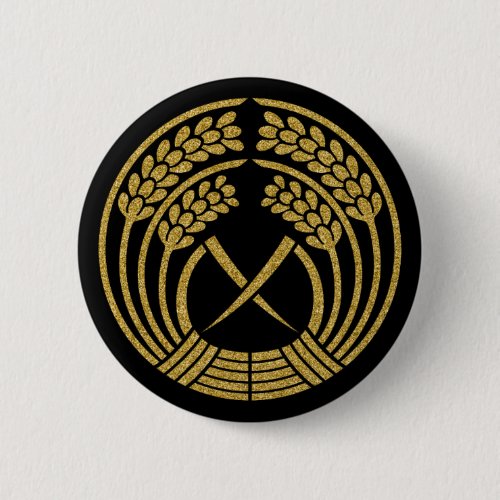
[Family Crests] Hugging rice ear Button
Japanese says "Kamon". Hugging rice ear for Kamon. Nature plants symbol and graphics at old age for Japanese family.

[Family Crests] Hugging rice ear Round Button
Japanese says "Kamon". Hugging rice ear for Kamon. Nature plants symbol and graphics at old age for Japanese family.

[Family Crests] Takeda-bishi Classic Round Sticke Classic Round Sticker
Japanese says "Kamon". This is the famous family crest of Takeda Shingen.

[Family Crests] Takeda-bishi green Classic Round Sticker
Japanese says "Kamon". This is the famous family crest of Takeda Shingen.
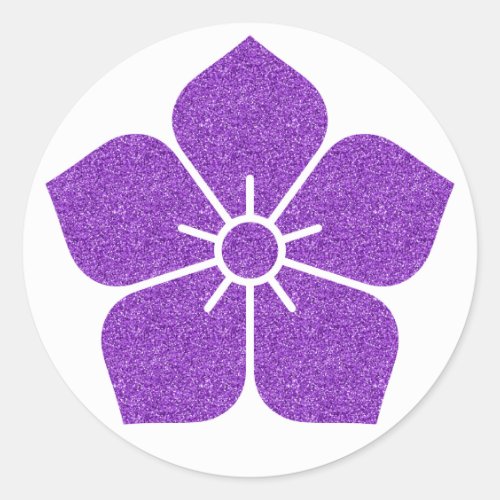
[Family Crests] Kikyo flower Button Classic Round Sticker
Japanese says "Kamon". Kikyo(bellflower) was used as a "flower fortune-telling the good and bad". It is also considered to be one of the rep
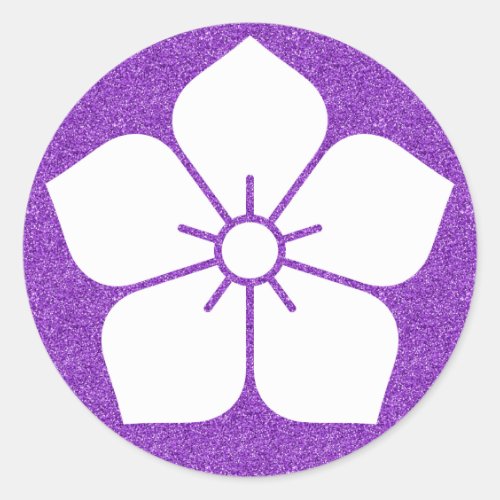
[Family Crests] White Kikyo flower Button Classic Round Sticker
Japanese says "Kamon". Kikyo(bellflower) was used as a "flower fortune-telling the good and bad". It is also considered to be one of the rep
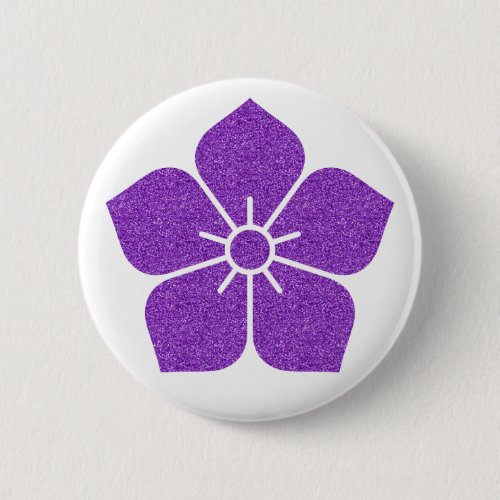
[Family Crests] Kikyo flower Button
Japanese says "Kamon". Kikyo(bellflower) was used as a "flower fortune-telling the good and bad". It is also considered to be one of the rep
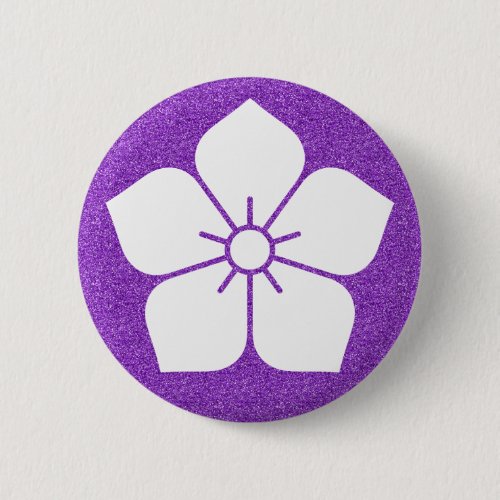
[Family Crests] White Kikyo flower Button
Japanese says "Kamon". Kikyo(bellflower) was used as a "flower fortune-telling the good and bad". It is also considered to be one of the rep
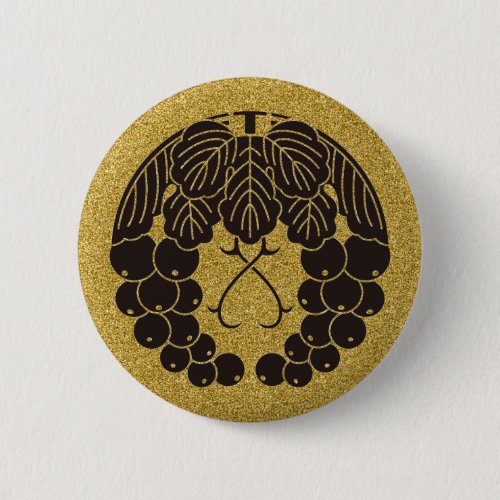
[Family Crests] Two grapes Round Button
Japanese says "Kamon". The grape crest is a very rare pattern that came from the continent.
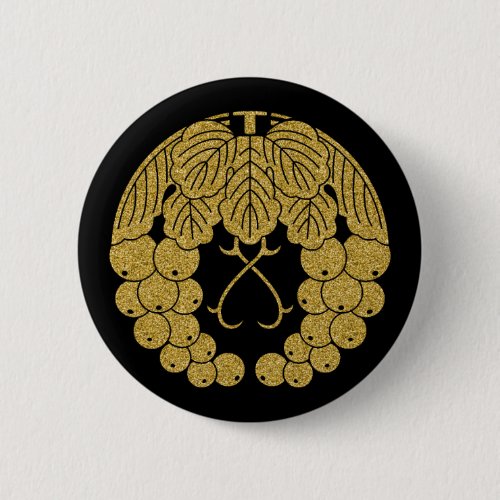
[Family Crests] Two grapes Button
Japanese says "Kamon". The grape crest is a very rare pattern that came from the continent.
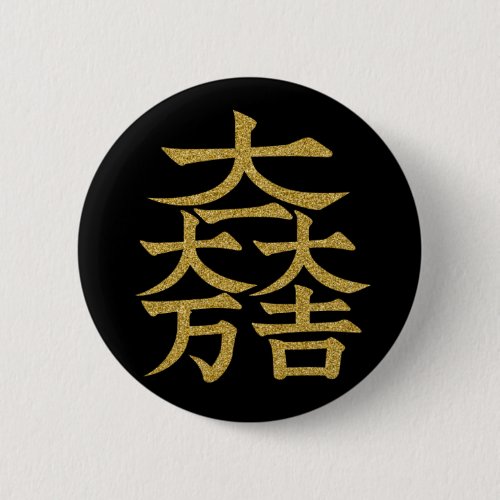
[Family Crests] Ishida Mitsunari flag symbol Round Button
Japanese says "Kamon". It is a Kanji characters symbol that was raised as a war flag by a military commander named Mitsunari Ishida during the Warring
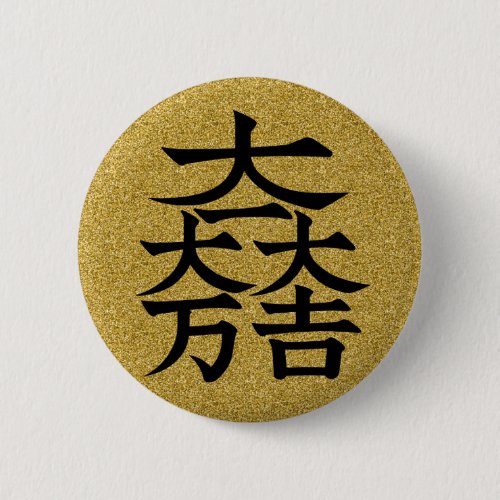
[Family Crests] Ishida Mitsunari flag symbol Button
Japanese says "Kamon". It is a Kanji characters symbol that was raised as a war flag by a military commander named Mitsunari Ishida during the Warring
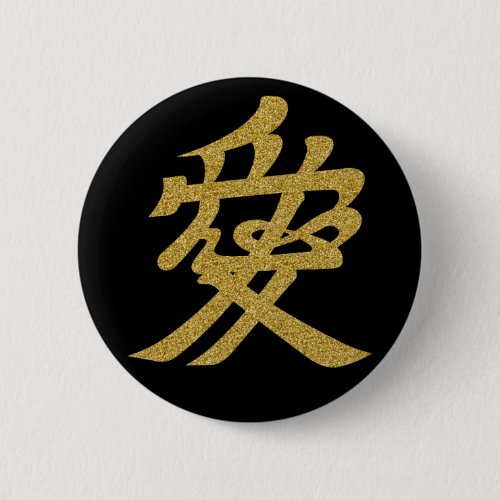
[Family Crests] Naoe Kanetsugu Love Round Button
Japanese says "Kamon". The frontal "Ai (love)" that was attached to the helmet worn by Kanetsugu Naoe during the Warring States period.
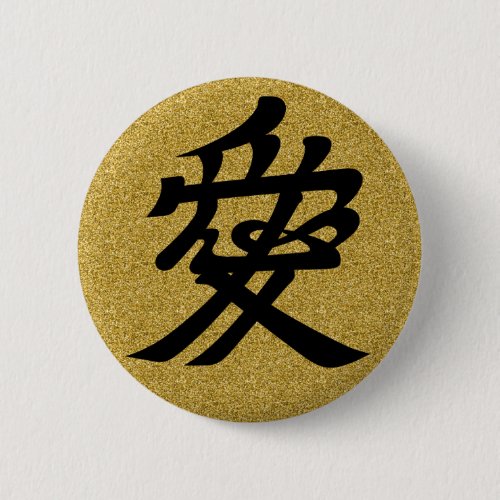
[Family Crests] Naoe Kanetsugu Love Button
Japanese says "Kamon". The frontal "Ai (love)" that was attached to the helmet worn by Kanetsugu Naoe during the Warring States period.
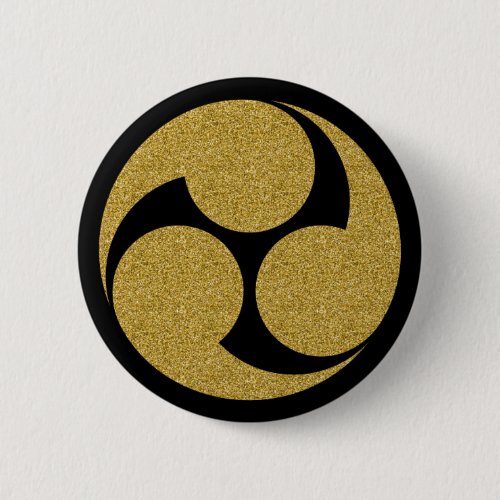
[Family Crests] Left-hand Mitsudomoe Round Button
Japanese says "Kamon". The origin is not clear, but it is often used as a god crest, and it started at Hachiman Shrine and then spread to other shrine